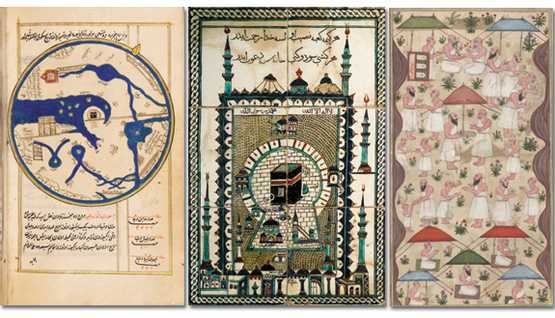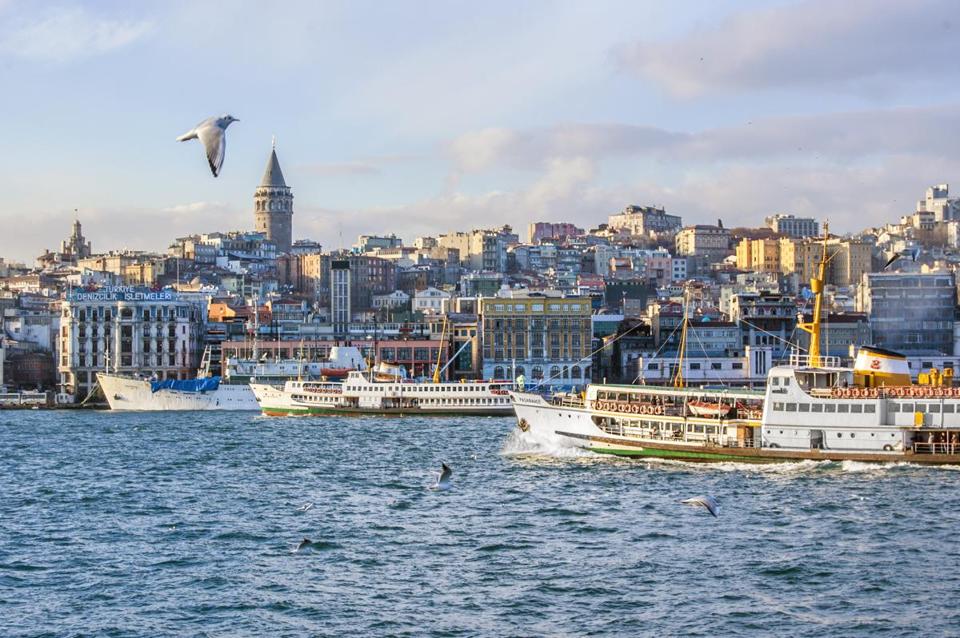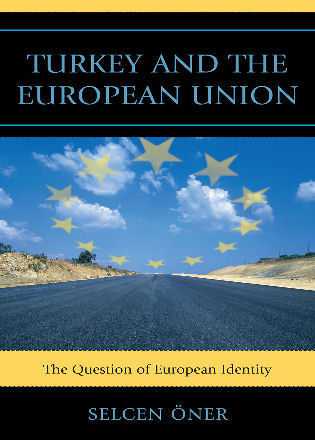An exhibition of the work of Josephine Powell, an American photographer who documented the lives of Anatolian nomads, has opened at Koc University’s Research Center for Anatolian Civilizations in Istanbul.
Some of her work documenting that fading cultural legacy during the 1970s and ’80s is on display in “What Josephine Saw,” the opening exhibit at Koc University’s Research Center for Anatolian Civilizations, an oasis of calm on Istanbul’s busy Istiklal Caddesi.
The show runs through Oct. 21, and was curated by Kimberly Hart, a social-cultural anthropologist who is an assistant professor at SUNY Buffalo State College in Buffalo, New York.
“It was an era of much political upheaval in Turkey,” Ms. Hart said recently by telephone. “There was a lot of economic development, of mass migration from rural areas to the cities, but Josephine Powell did not show these things. She didn’t show factories, buses and Turks migrating to Germany. Instead she shows us lives of nomads and villagers in an almost timeless fashion.”
Often traveling on her own, sometimes on horseback and with a dog or a bird, Ms. Powell shot 35-millimeter slides that focused on the men and women on the open range or in small villages and the handicrafts they produced.
In the exhibit, more than 70 strikingly colorful images are organized loosely by subject, the curator said, including “nomads working in pastures with animals, preparing tents, nomads in migration, women and men working on textiles, weaving, spinning, making felt, preparing fibers,” and women displaying the intricate grain sacks and kilims they had created.
There are also portraits of Ms. Powell, in younger and later years, gripping an ever-present cigarette.
The exhibit also includes rare video footage of Ms. Powell, being interviewed by the Istanbul-based journalist Andrew Finkel on behalf of the Textile Museum in Washington in 2006.
To symbolize Ms. Powell’s fascination with weaving, Ms. Hart said, the show also includes a kirmen, or Turkish spindle, used for spinning carpet wool.
Ms. Powell, who was born in New York in 1919, came from a well-to-do family, Ms. Hart said. She managed to carve an unexpected path for herself, trading what could have been an easy life of privilege for one tramping around in the dust amid livestock and uncertain or nonexistent plumbing.
She had worked in Tanganyika in the 1940s, resettling Polish refugees in other countries. Later, as a resettlement officer in Germany, she bought a Leica and a Rolleiflex at the PX but set them on her mantle as works of art and did not learn to use them for another two years.
In the 1950s, she began working as a freelance photographer, finding buyers for her shots of art and architecture and setting up a base in Rome. Her first trip to Turkey came in 1955, when she was asked to photograph Byzantine mosaics. After receiving rare permission from the government in Ankara to travel to more remote areas, she headed east. What followed were trips to Lake Van, near Armenia, across the border to Iran, to Afghanistan to photograph Bamyan, to Pakistan to shoot historic shrines in Peshawar, and — on an assignment — to Naples to capture the erotic images at Pompeii.
In the 1960s, she added India, Armenia, Georgia, Uzbekistan, Indonesia, Morocco and Russia to her itineraries. In 1973, she rented an apartment in Istanbul. Two years later, her photo essay on Pakistani village life was shown at the Tropenmuseum in Amsterdam.
In 2002, she donated about 20,000 of her early pictures to the Fine Arts Library at Harvard. Toward the end of her life, her apartment and storeroom in the Cihangir neighborhood of Istanbul were packed with a huge collection of textiles and slides. She gave the Vehbi Koc Foundation approximately 28,000 of her slides and 30 books of field notes on Anatolian kilims and nomadic and rural life, her textiles and an extensive collection of agricultural and weaving tools. The notes and photos have been digitized by the Suna Kirac Library at Koc University and made available to researchers and the public.
Ms. Powell died at her desk, three months later, in January 2007, at age 87. According to the exhibit’s companion catalog, edited by Ms. Hart, Ms. Powell had been tracing the migration routes of nomadic groups on a hand-drawn map of Anatolia.
“She was interested in those people,” Ms. Hart said. “I don’t think she was interested in political information or economic change. She was not really a salvage ethnographer, collecting information on disappearing societies.”
It is clear that she directed her lens toward “the daily craftsmanship and artisanal activities of rural people,” the curator said.
Her window onto their world, Ms. Hart said, was “not one constructed with nostalgia or overblown sentiment as its aim.”
“I think it’s really good not to have that nostalgic point of view, so we can look at the past more objectively,” she said. “In curating the exhibit, I tended to select photos that showed how the people were self-consciously presenting themselves to her camera. I chose them because it shows people representing themselves with dignity, often posing with animals.
“I found that especially interesting as an anthropologist. In rural Turkey, people’s relationship to animals is very different from that of Americans, in that though they also have cats and dogs, their closest emotions are for their sheep and cows. In Josephine’s archive, it’s not cows, it’s camels.”
Ms. Hart said she first met Ms. Powell in the late 1980s “when I was a college student” at Bennington in Vermont.
“She was telling stories constantly and always working,” the curator said. “If I look at her life over all — I did not know her in her youth or during her travels — she seems to have been really restless, really adventurous and a loner in some ways.”
“She was a photographer who didn’t leave a lot of written traces or descriptions of what she saw,” Ms. Hart said. “And when I look at what she saw in Antatolia during the 1960s and ’70s, I see that her vision was really almost exclusively focused on rural people.”
She worked with Harald Böhmer, known for his work on Turkish rug dyes, to establish a women’s carpet cooperative, part of the Dobag natural-dye research and development project, for hand-woven and plant-dyed wool carpets. The project continues even now, with carpets being sold by dealers in Norway and Ireland and each December at the Anglican church in Istanbul.
Her enthusiasm for helping the weavers might have stemmed from a belief that women should be able to exercise some control over money.
“It was an issue that all women face and understand, and it was a personal issue for her as well,” Ms. Hart said. “She inherited money which allowed her to begin life as traveler and explorer and she lost of lot of money along the way.”
“She once described to me how she would go to the bank in New York and there would be a special ladies’ section where the banker would write the check for you. At the time she accepted that as normal, though she realized later that it was ridiculous and asked, ‘Why aren’t I taking control of my money?’
“Then she saw these women who wove beautiful pieces of textile art but had no idea how they were being sold and what their value was because the men did all the selling. The women and their families got very little, so that was really the impetus for founding the women’s cooperative: to help them understand the considerable value of their artistic works.”
Ms. Hart’s own hope for the exhibit, she said, was “that young people shopping and having fun on Istiklal would go into an exhibit like this, that is free and open to everyone, and become interested in the people they see in the photos.”
“That’s really the main aim for me,” she said, “to present the more or less forgotten rural Anatolia to young people who may become curious about travel and adventure in their own country, and present these people who rarely are represented.”
The exhibit, Ms. Hart said, “also presents Josephine as an individual. In that regard, it memorializes her but also shows an interesting American woman who traveled, photographed, and made a life in Istanbul.”





